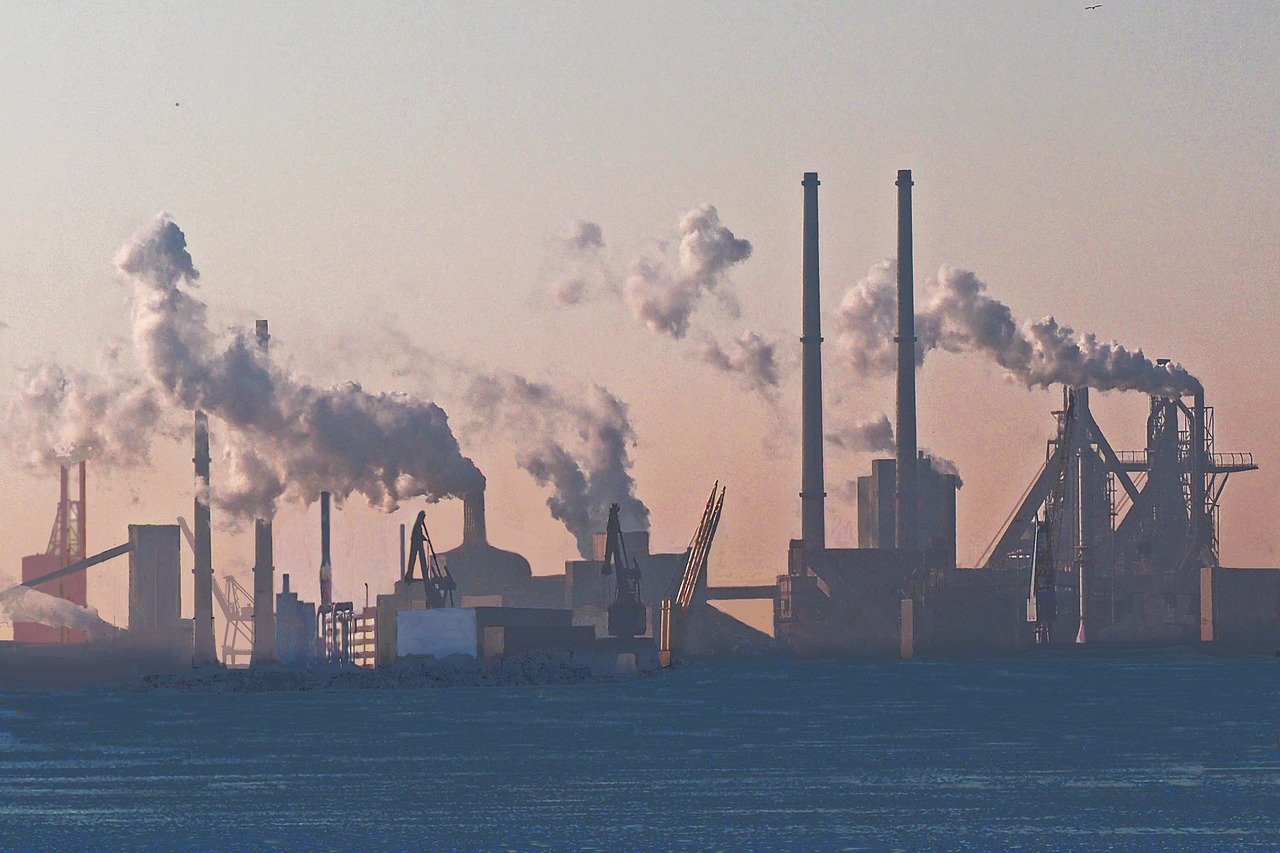With the new test installation for the Pellet Plant – where raw materials are mixed into pellets (‘marbles’) that are necessary for the production of liquid iron – raw materials can be tested faster, more efficiently, and with less environmental impact to obtain an optimal and high-quality raw material mix. This is also important for the connection of the Pellet Plant to the Direct Reduction Plant (DRP) that will be located on the site in IJmuiden.
“This is one of the largest investments in R&D in years,” said Vincent Ritman, director of Tata Steel R&D. “With Primetals Technologies, we are bringing in a reliable and knowledgeable partner who will help us to make the connection of the Pellet Plant to the future DRP possible. The installation can produce high-quality and uniform pellets on a large scale (65 kg) for the current pellet research program. This program is part of the intended direct reduction process to make ‘green’ iron and for testing using hydrogen in the future. We look forward to a professional and enjoyable partnership with Primetals Technologies and strive for a successful end result.”
Green Steel transformation
Over the next few years, Tata Steel will transform into a clean, green, and circular steel company. The company is implementing its Green Steel Plan in three phases. The first phase will be operational by 2030 and consists of 1 DRP and 1 Electric Arc Furnace (EAF) to replace Blast Furnace 7 and Coke and Gas Plant 2 (KGF2). This means 40% less CO2 emissions. Tata Steel also aims to take measures to further reduce (fine dust) emissions and increase the use of scrap in steel production (from 17% to 30%).
In the second phase of the transition, Tata Steel aims to close Blast Furnace 6 and Coke and Gas Plant 1 (KGF1). This should lead to a total CO2 reduction of approximately 80%. In the years that follow, with the ultimate goal of 2045, Tata Steel will become fully CO2-neutral.

